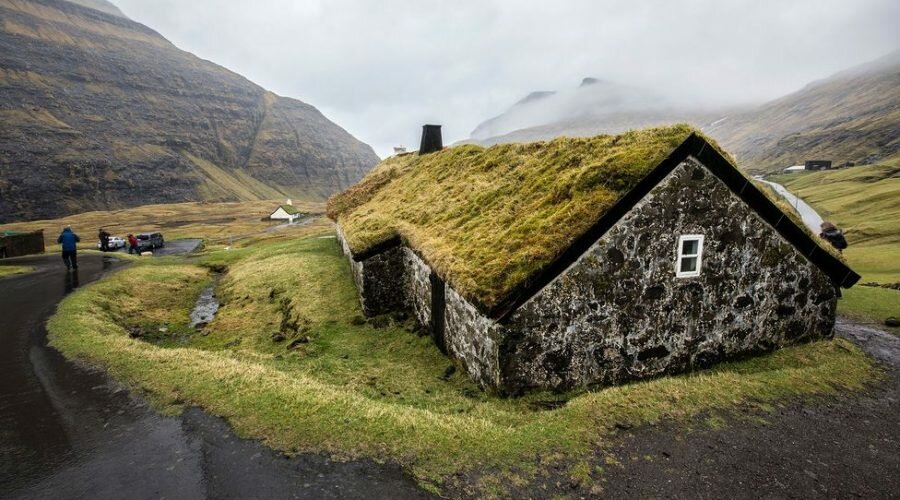The Faroe Islands, sitting between Iceland, Norway and the British Isles, were an important stepping stone for Viking exploration across the North Atlantic.
It has long been accepted, based on archaeological evidence, that the Norse were the first to settle the Islands – but there have been niggling doubts, with several indirect lines of evidence suggesting that an existing human population was there to greet the Vikings when the first longships landed.
In new research published in Communications Earth & Environment, researchers have presented the first unequivocal evidence that the Vikings were not the first to settle the Faroes.
Using a combination of faecal biomarkers and sedimentary ancient DNA, they have been able to date the earliest settlement to 500 CE, approximately 300 years before the Vikings adopted the sailing technology that saw them expand their territories across vast swathes of the global north.
In a small vessel, the authors sailed out onto a lake near the village of Eiði, site of an ancient Viking locale on the island of Eysturoy.
Here, they dropped weighted open-ended tubes to the bottom to collect muck — sediments dropped year by year and built up over millennia, forming a long-term environmental record. The cores penetrated down about 2.7 m (9 feet), recording some 10,000 years of environmental history.
The scientists had started out hoping to better understand the climate around the time of the Viking occupation, but came up with a surprise.
Starting at 51 cm (20 inches) down in the sediments, they found signs that large numbers of sheep had suddenly arrived, most likely some time between 492 and 512, but possibly as early as 370.
The telltale signs: identifiable fragments of sheep DNA, and two distinctive types of lipids produced in sheep digestive systems — so-called fecal biomarkers.
A layer of ash deposited from a known Icelandic volcano eruption in 877 helped them reliably date the sediment sequences below.
“We see this as putting the nail in the coffin that people were there before the Vikings,” Dr. Curtin said.
“While the Faroes look rugged and wild today, practically every square inch of vegetation has been chewed up by Faroese sheep, a staple of the Faroese diet that are found nearly everywhere.”
“Beyond the earlier discovery of barley grains, no one has yet found physical remains of pre-Norse people, but this is unsurprising.”
“The Faroes contain very few sites suitable for settlement, mainly flat areas at the heads of protected bays where the Norse would have built over earlier habitations.”
“On the other hand, you see the sheep DNA and the biomarkers start all at once. It’s like an off-on switch,” said Dr. William D’Andrea, a paleoclimatologist at Columbia University’s Lamont-Doherty Earth Observatory.
So, who were these early settlers? The team speculates that they could have been Celts, though not necessarily monks.
For one, many Faroese place names derive from Celtic words, and ancient, though undated, Celtic grave markings dot the islands.
Also, DNA studies of the modern Faroese show that their paternal lineages are mainly Scandinavian, while their maternal lineages are mainly Celtic.
“Other regions in the north Atlantic show this asymmetry — male Viking settlers are thought to have brought Celtic brides with them — but the Faroes have the highest level of maternal Celtic ancestry, suggesting an existing Celtic population that preceded the Vikings,” the researchers said.
Sources:

